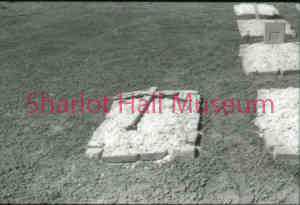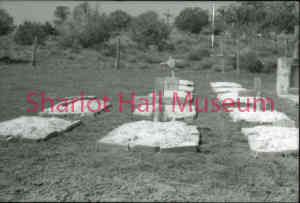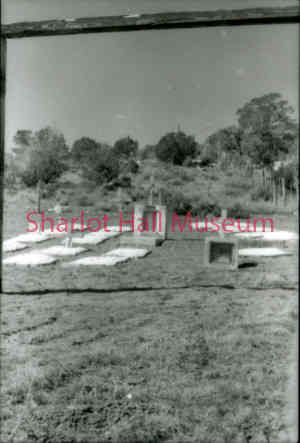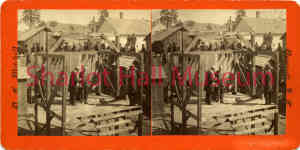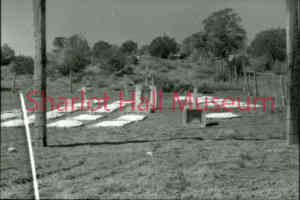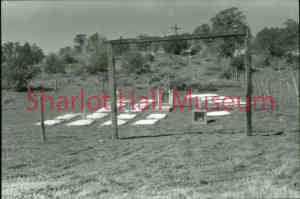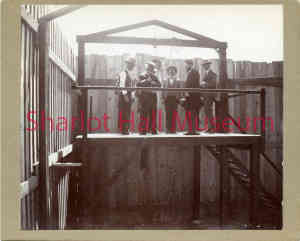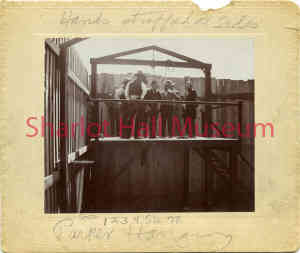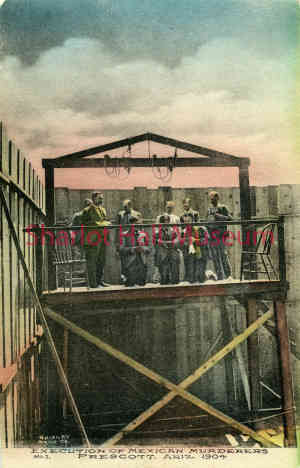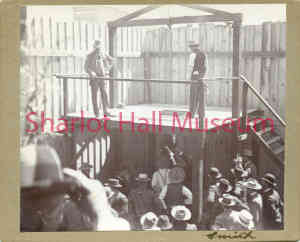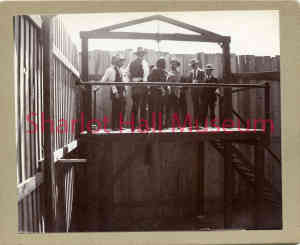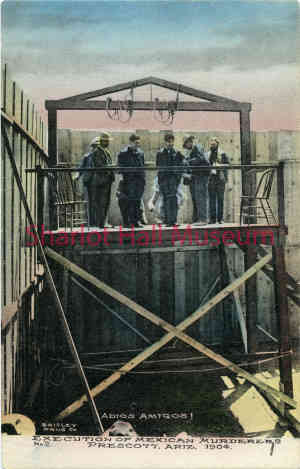1020-0147-0002
<p>Gravestone in Nelson Memorial Cemetery</p>
Cemeteries & Graveyards
1020-0147-0003
<p>Nelson Memorial Cemetery</p>
Cemeteries & Graveyards
1020-0147-0004
<p>Nelson Memorial Cemetery</p>
Cemeteries & Graveyards
1045-0103-0000
<p>Hanging of James Malone</p>
Hangings
1020-0147-0005
<p>Nelson Memorial Cemetery</p>
Cemeteries & Graveyards
1020-0147-0006
<p>Nelson Memorial Cemetery</p>
Cemeteries & Graveyards
1045-0104-0001
<p>Hanging of Fleming "James" Parker</p>
Collection Photo
1045-0104-0002
<p>Hanging of Fleming "James" Parker</p>
Collection Photo
1045-0105-0001
<p><!--StartFragment-->Hidalgo & Renteria Hanging<!--EndFragment--></p>
Hangings
1045-0104-0003
<p>Hanging of Fleming "James" Parker</p>
Collection Photo
1045-0104-0004
<p>Hanging of Fleming "James" Parker</p>
Collection Photo
1045-0105-0002
<p><!--StartFragment-->Hidalgo & Renteria Hanging<!--EndFragment--></p>
Hangings
